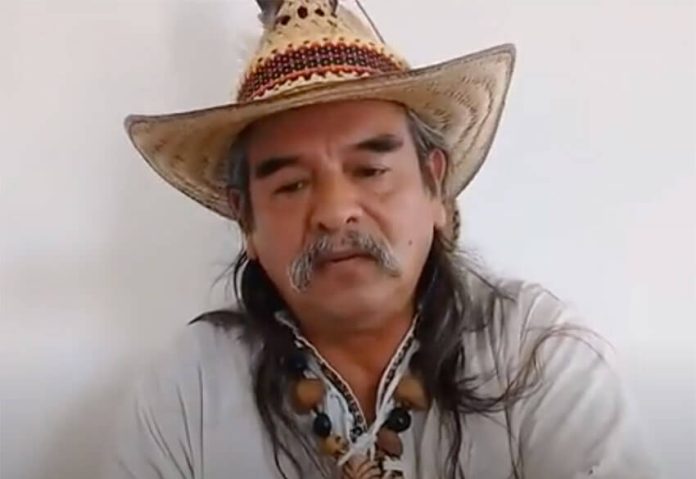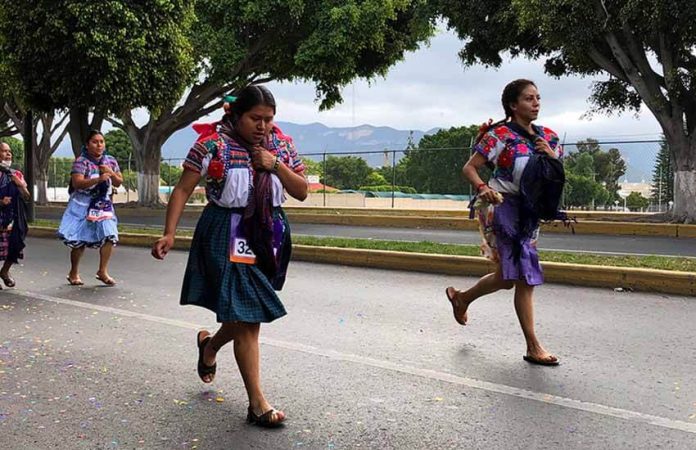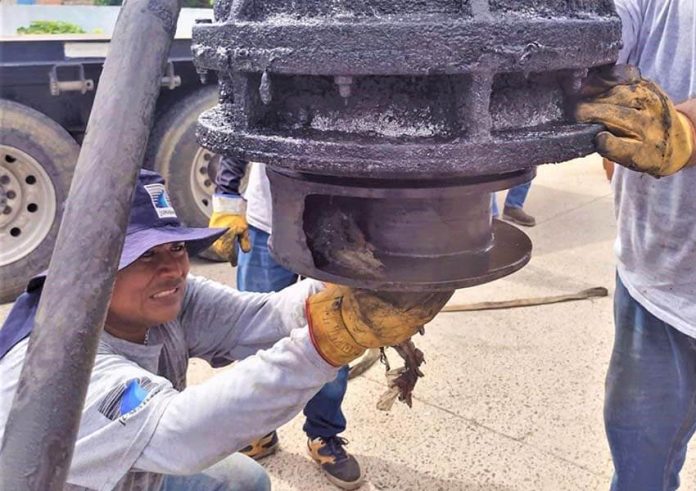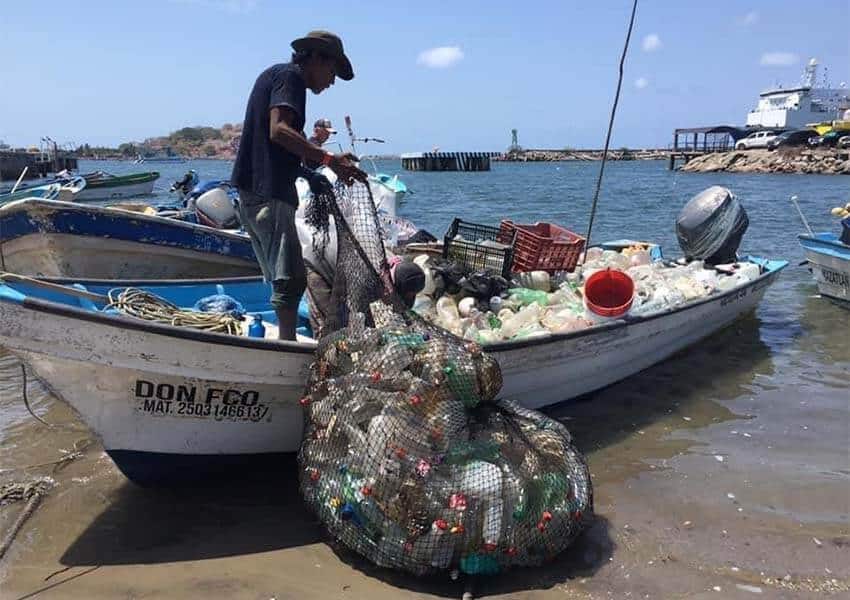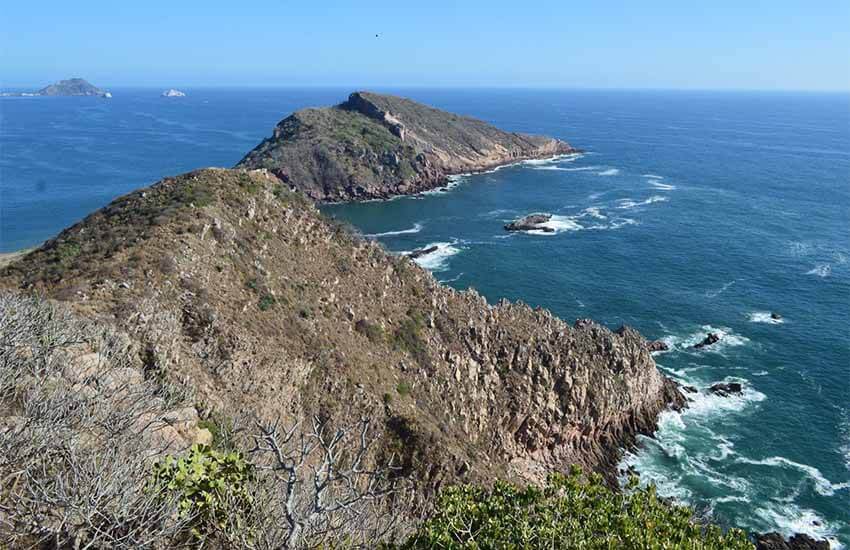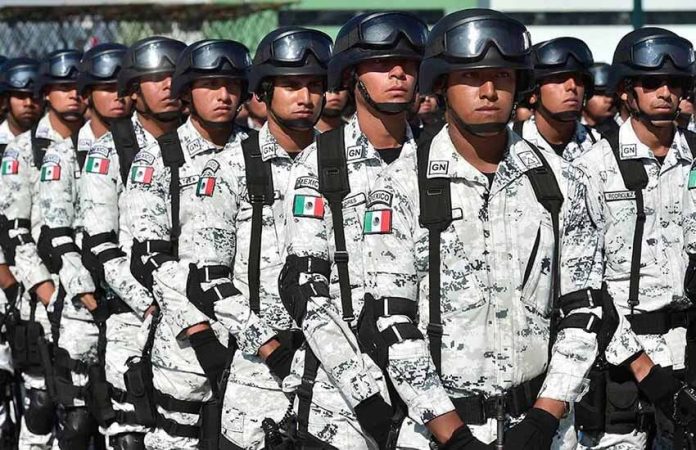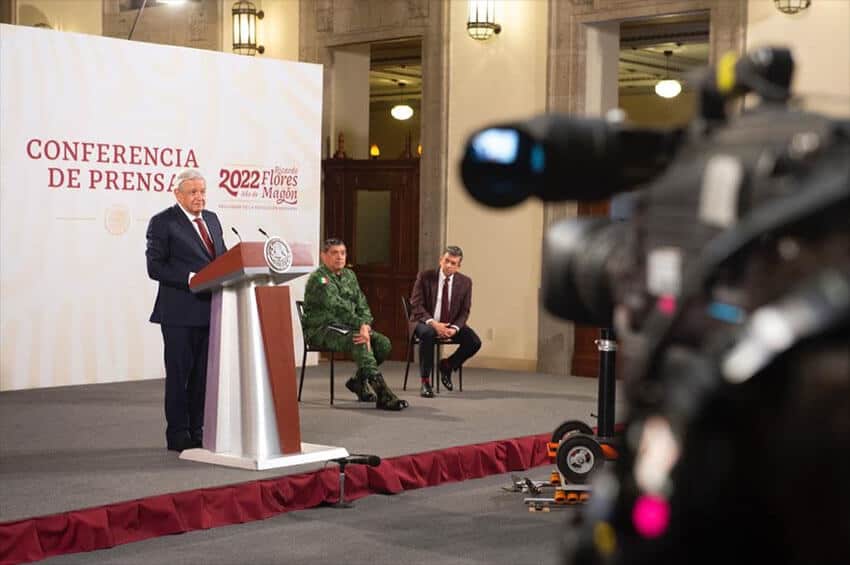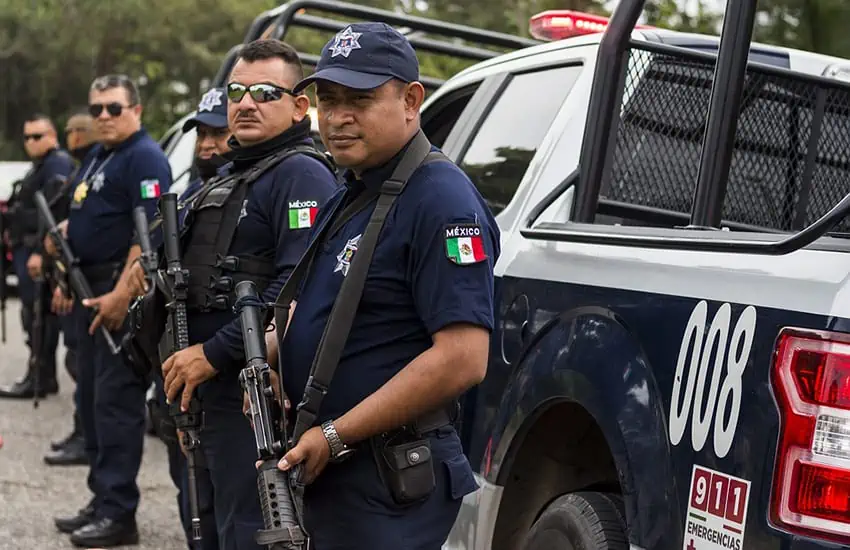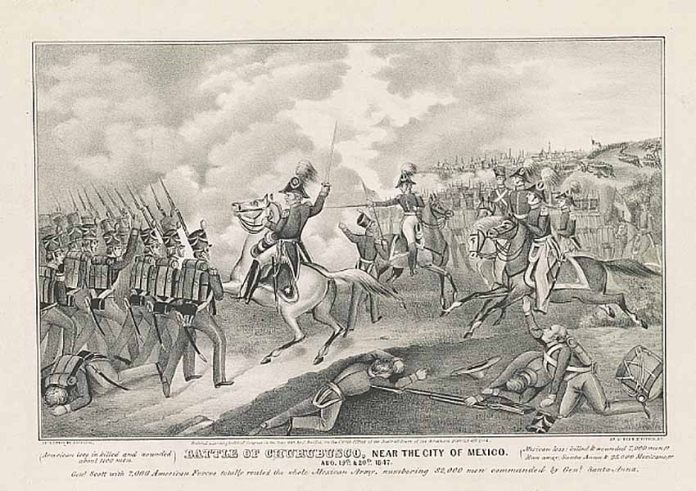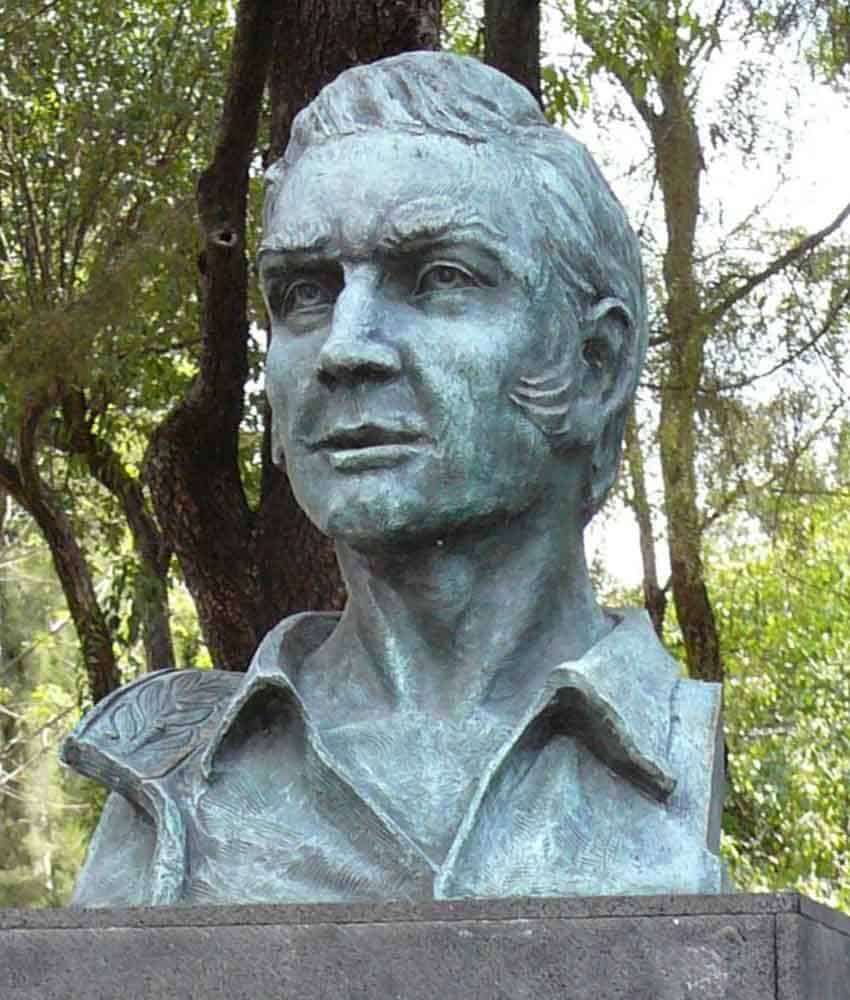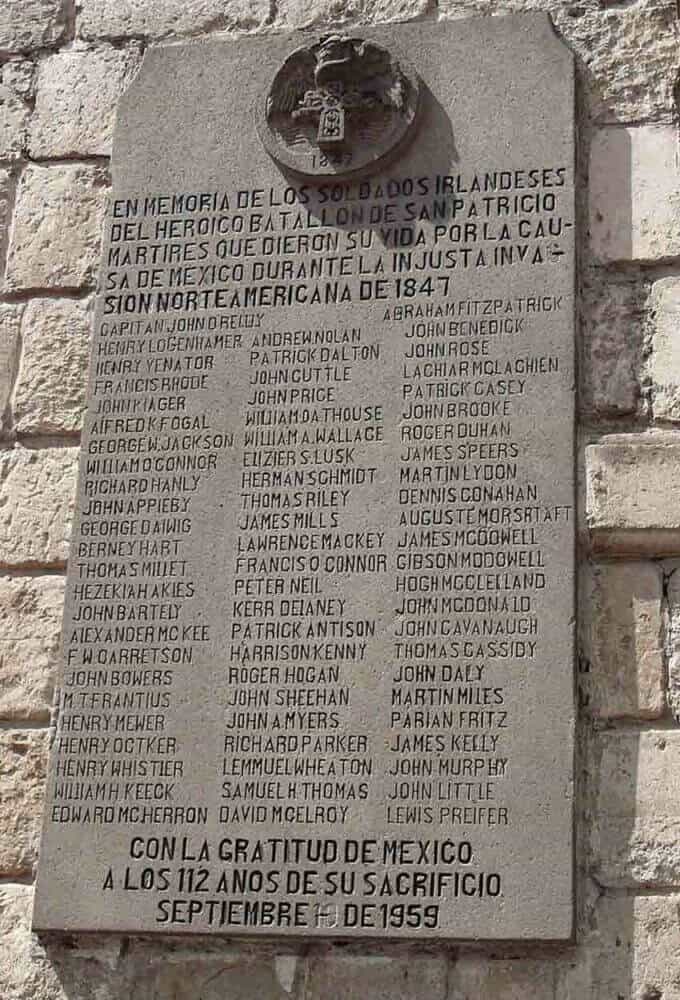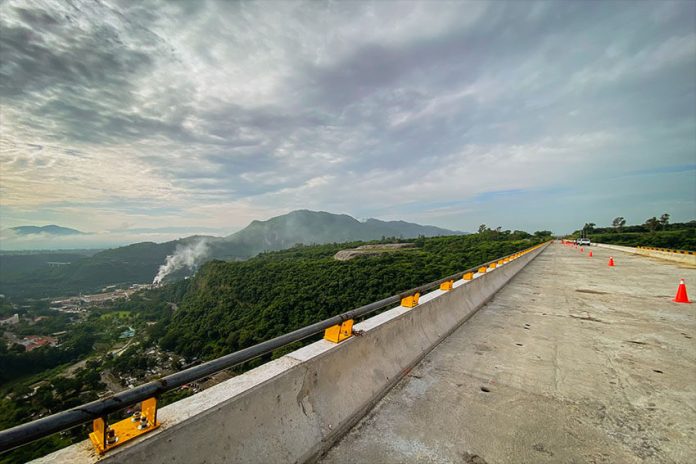A businessman who committed suicide during a police raid on his Jalisco home on Saturday fleeced hundreds if not thousands of people by using celebrities to seal his credibility.
After recording a mea culpa video, Luis Oswaldo Espinoza Marín shot himself in the head during a state police raid on his property in Zapopan, part of the metropolitan area of Guadalajara. The police were seeking to arrest Espinoza after some 130 fraud complaints were filed against him.
The businessman operated the real estate company Asesores Jurídicos Profesionales (AJP) for 30 years, during which time he purchased old, run-down homes and renovated them before selling them at a healthy profit.
According to a report by the newspaper Mural, Espinoza used his supposed relationships with political figures, celebrities and sports stars to convince people he could be trusted. He also had a way with words, using persuasive language to cajole people into investing their hard-earned cash in his company. AJP was supposed to pay monthly returns to investors, but those payments stopped earlier this year, according to one defrauded person.

Mural reported Tuesday that over 200 complaints have now been filed against Espinoza, adding that state authorities estimate that investors’ losses could amount to some 250 million pesos (US $12.3 million). El Universal reported that there could be as many as 10,000 fraud victims.
One victim, Marisol Sandoval, says Espinoza swindled her to the tune of 550,000 pesos (US $27,100). She told Mural that the entrepreneur showed her photos of him with famous people when she was considering investing in AJP. His aim, Sandoval said, was to get potential clients to trust him, and in her case, the tactic worked.
“You say to yourself, ‘How could he defraud [champion boxer Saúl] ‘Canelo’ [Álvarez]? How could he defraud [government official and television presenter] Eli Castro?” she said.
Sandoval said she was offered a return of 2% if she invested for six months, 2.5% for nine months and 3% for a one-year investment. The minimum investment was 100,000 pesos (almost US $5,000), while some people entrusted millions to Espinoza’s company, she said.
In addition to using his supposed links to famous, rich and powerful people to seal deals with investors, Espinoza showed them property deeds to convince investors that they could entrust their money to AJP, according to Eduardo Sherman, a lawyer for three victims.
“He convinced them by providing them with the guarantee from the deeds of three properties,” he said, adding that one of the deeds corresponded to the Zapopan property where Espinoza took his own life.
Sherman called on Jalisco authorities to act quickly to trace Espinoza’s monetary transfers during his time at the helm of AJP.
Another victim – identified only as Fidel by Mural – said he lost 2 million pesos (US $98,700). He said he decided to invest in Espinoza’s company 1 1/2 years ago and everything went as expected in the beginning.

“There were people who spoke well about the company and that’s why we made an investment. … It appeared to be a good, serious company. ”
However, Fidel’s monthly interest payments suddenly stopped in May. “[The company] told us ‘we have a problem, wait until next month or next week,’ that kind of thing,” he said.
Fidel said he has lost his life savings and that he needs the money in order to keep his business afloat. Another victim – a long-term neighbor of Espinoza – said she felt angry and disappointed about being swindled of an undisclosed amount of money.
“I can’t believe that a person is capable of putting together such a terrible thing,” Araceli said.
Marisol, Fidel and Araceli were among some 50 people who protested outside Jalisco government offices on Monday to seek the intervention of Governor Enrique Alfaro in the case.
Alfaro, who spoke with some of the victims, said the matter was “between private individuals” and one in which the government has no involvement, but stressed that state authorities want to assist the process “so that the work of the Attorney General’s Office can be very clear and punctual.”
Before taking his own life, Espinoza recorded a video message in which he said he was unable to service loans he had taken out due to the “disruptive” nature of the pandemic.
“I over-mortgaged the properties that I purchased with the fruit of your investments,” he said in the video he posted to his Facebook account just before the police arrived and he killed himself. The businessman said that he made all required payments to investors for 29 years before running into trouble.

“I am currently unable to go on,” Espinoza said, adding that all of the money his company received from investors is invested in mortgaged real estate. He took full responsibility for defrauding investors and apologized to them, his family and his colleagues.
“None of my relatives or colleagues or my wife and kids … used resources fraudulently. I ask for their forgiveness as well as that of my clients,” Espinoza said.
“The guilty party, in an ethical, civil, criminal and historic sense, is me,” he said before asking that there be no reprisals against innocent people.
“… Currently I can’t go on, not even with my life,” Espinoza reiterated. “The last six months of my life, I’ve felt emotionally, physically and morally destroyed. I’ve lost everything. Don’t hold anyone responsible for my death.”
With reports from Mural and El Universal

